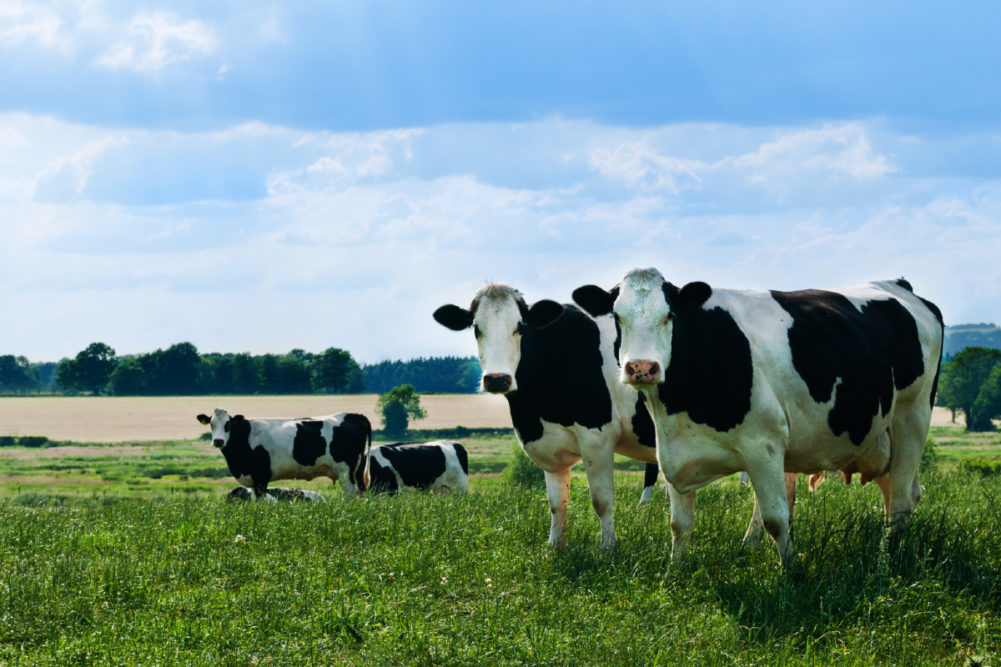EAST LANSING, MICH. — Michigan State University (MSU) has embarked on a new $168,000 research project to study the effects of the recent highly pathogenic avian influenza (HPAI) outbreaks on dairy cattle reproduction and milk production, as well as transmission of the disease.
As of mid-May, the disease has infected dozens of dairy herds across Colorado, Idaho, Kansas, Michigan, New Mexico, North Carolina, Ohio, South Dakota and Texas, according to the United States Department of Agriculture (USDA).
The virus, which first was identified in domestic birds in the United States in 2022, has more recently been detected in dairy cattle and unpasteurized milk. Symptoms in cattle include reduced milk production, decreased appetite and changes in milk color and consistency.
“Immediately upon the onset of the H5N1 outbreak in Michigan dairy cattle, MSU AgBioResearch, the College of Veterinary Medicine and MDARD began conversations about research questions that when answered could inform policy and management strategies to help prevent transmission within and across dairy herds,” said James Averill, assistant director of MSU AgBioResearch and leader of the organization’s animal agriculture initiatives. “This research will enable the dairy industry to better understand H5N1 and the impacts on dairy herds over time.”
The university research team is partnering with Michigan farms, working closely with the Michigan Department of Agriculture and Rural Development (MDARD) to have access to herds that have tested positive for HPAI. The team plans to conduct five studies on farms with HPAI-positive animals, including lactating cows, dry cows and calves, collecting blood, nasal swabs and milk samples.
All testing will be performed by the MSU Veterinary Diagnostic Laboratory, the only laboratory in Michigan approved by the USDA to test for HPAI in any species.
“We’re trying to understand how long animals are shedding the virus and how long the virus stays active,” O’Connor said. “For example, if we were to find that cattle are often positive on nasal swabs, we might conclude that nose-to-nose contact is a common route of transmission. Likewise, we may see that some samples come back negative quite often and show that those routes are much less likely. The overall goal is to equip our producers with the information needed to make informed decisions on how to best protect their cattle, and by extension, animal safety more broadly.”
Funding for the project comes from the US Department of Agriculture’s National Institute of Food and Agriculture (NIFA) and through the Michigan Alliance for Animal Agriculture, a partnership among MSU, Michigan animal agriculture industries and the Michigan Department of Agriculture and Rural Development.
The project is co-led by Catalina Picasso, Zelmar Rodriguez and Annette O’Connor, faculty members in the College of Veterinary Medicine’s Department of Large Animal Clinical Sciences.
Data from the study will be combined with findings from other universities nationwide for a comprehensive analysis.


